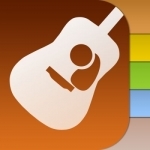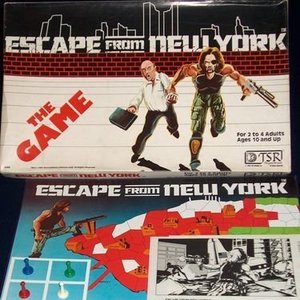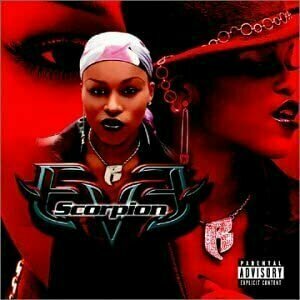
Tik Tok - video social network
Photo & Video and Entertainment
App
Tik Tok is a short-video social platform powered by music. Whether it’s dance, free-style or...

MyPokeMatch
Entertainment and Photo & Video
App
A fun and entertaining app to determine which pokémon you are, who is your matching Pokémon? No...

Jewel Pop : Treasure Island
Games and Entertainment
App
Jewel Pop : Treasure Island ! Everyone knows submerged treasure around somewhere is worth a fortune....

Kudoz - Jobs
Business and Productivity
App
Kudoz - Le recrutement mobile pour les jeunes talents Lancer sa carrière est un moment de la vie...

TweetList for Twitter
Social Networking and Lifestyle
App
TweetList is a full-featured Twitter client that highlights Twitter lists. But even if you don't use...

Bluegrass Guru: Song Fake Book with Set Lists
Music and Education
App
Bluegrass Guru is the ultimate digital fake book for bluegrass musicians and enthusiasts. Gather and...

^o^ FireBall HD ^o^
Games and Entertainment
App
★★★ Cute Girl's game ★★★ ★★★Story★★★ The eagle is very ferocious and evil,...

Escape from New York
Tabletop Game
"Snake, I thought you were dead!" This modest board game, based on the John Carpenter movie, casts...
Boardgames 80'sGames MoviesintoGames

